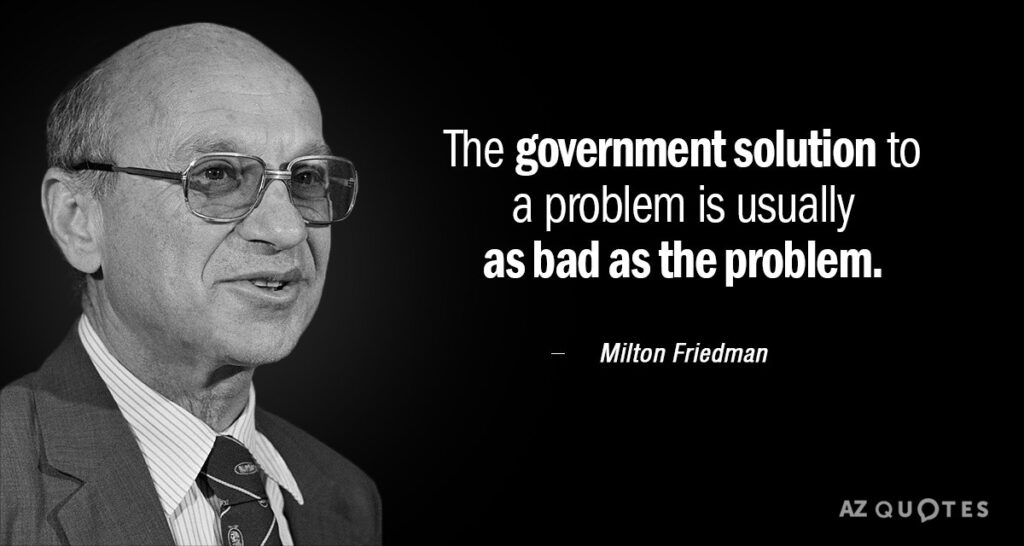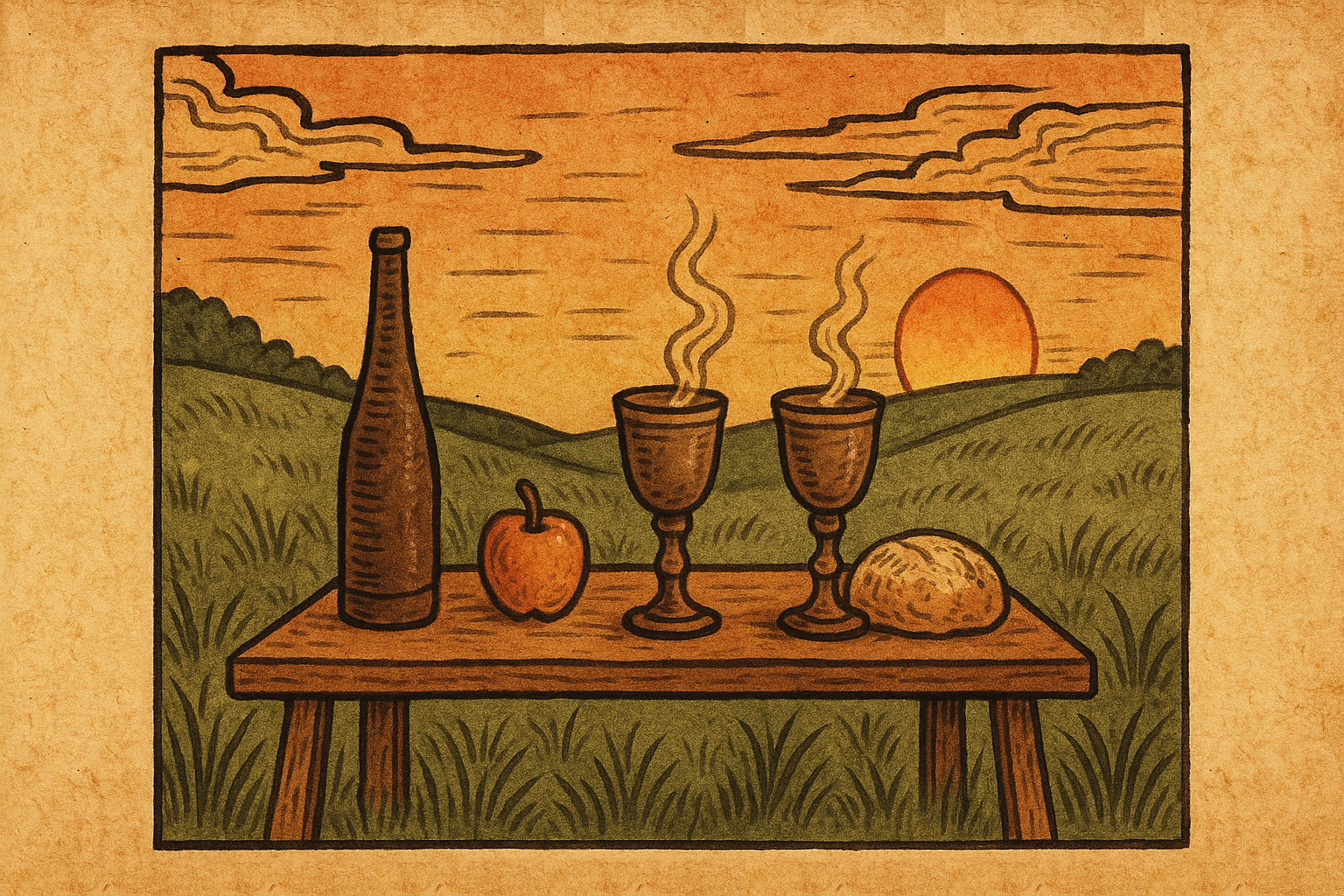
My parents loved me. I can prove it; they introduced me to The Princess Bride at an early age. It’s a film that hits every note a young tween or teen could want: adventure, rescues, sword fights, and just enough wit to make you feel clever for keeping up.
SPOLIERS AHEAD. STOP READING NOW IF YOU HAVEN’T SEEN IT.
Go watch it, and thank me later.
In the film’s first act, the Dread Pirate Roberts (the man in black) faces off against the scheming Vizzini over the fate of a kidnapped princess. Two goblets of wine sit on a small table between them. Roberts explains that he’s poisoned one of the cups with iocane powder and challenges Vizzini to a battle of wits: choose the safe cup and live; choose the poisoned one and die.
Vizzini accepts and launches into an absurd spiral of logic, reasoning and re-reasoning which cup must contain the poison. In the climax, he distracts Roberts, swaps the goblets, and triumphantly drinks. A moment later, he collapses, dead. The princess, bewildered, learns that both goblets were poisoned. Roberts had long ago built up an immunity, guaranteeing his victory no matter what.
In much the same way, our elected officials, under the noble banner of “bridging the digital divide” have been presented with two poisoned goblets of broadband choice by the nation’s largest fiber and cable interests.
The Two Goblets of Broadband Policy
In The Princess Bride, either cup would have killed Vizzini. The trick wasn’t in choosing wisely; it was realizing the game itself was unwinnable. Our broadband policy works the same way.
Presented with the urgent moral framing of “bridging the digital divide,” elected officials were forced into a no-win scenario carefully scripted by national telecom lobbyists. Two goblets sat on the table.
The first goblet, labeled “Do Nothing,” carried a bitter political poison. To refuse federal intervention would mean facing angry voters and campaign ads about kids doing homework in McDonald’s parking lots. Any politician who drank that cup would be finished at the ballot box.
The second goblet, “Grant-Funded Fiber Monopoly,” carried a different kind of poison. It promised progress, but at a cost: taxpayer billions funneled primarily to a handful of large carriers who had long ignored rural America. Once the check cleared and the broadband maps turned those regions green, the private market was crippled. The local WISP, the regional co-op, the LTE or satellite provider, all erased from the playing field before they ever had a chance to compete. Because once a subsidized player entered the market – the already shaky economic foundation for the “Main St.” player to enter was obliterated completely.
And like Vizzini, our leaders drank, never realizing both choices led to the same end.
The False Narrative of “No Service”
That first goblet was a deception from the start. Rural America was not unserved because no one cared; it was unserved because innovation was restrained. In many communities, private operators—WISPs, cellular carriers, and satellite providers—were already expanding coverage with their own capital. The real bottleneck was not just funding; it was timely access to usable spectrum and a thicket of regulatory burdens.
The FCC’s slow rollout of shared mid-band access, such as the CBRS band (which only became fully available in 2019), delayed a market-driven solution by years. Had that spectrum been opened sooner and with lighter regulatory friction—no SAS requirements on end-user equipment, for instance—small ISPs and entrepreneurs could have filled many of these gaps organically, at reduced or even no taxpayer cost.
Even today, small WISPs are forced to spend precious time and money proving where they already provide service just to keep subsidized, Wall Street–funded competitors from being granted overbuild rights. Those same dollars could have gone toward sponsoring the local baseball team or paying local staff, but instead they’re drained defending territory that was already connected—all in the name of “bridging a divide.”

But what divide are we really bridging?
Local city, county, and state governments have also made it harder than necessary. Layers of permits, right-of-way fees, and zoning hurdles make it slow and costly to expand coverage. “Bury the little guy in paperwork” has become an unspoken national policy.
When innovation faces more red tape than reward, it’s no wonder progress stalls.

Instead of clearing the path for competition, Washington offered subsidy as salvation.
The Aftertaste of the Subsidized Monopoly
We were told these subsidized builds would bridge the digital divide. But past programs like CAF II and RDOF show how the promise of “future-proof” networks often fell short, leaving spotty results, cost overruns, and defaults. Even today, the largest projects can struggle with reliability, offshored support, and a lack of local participation, with no regional peering, no in-state NOCs, and no hometown technicians invested in the outcome.
Construction jobs come and go, leaving little behind but conduit and contractor invoices. The areas they touch are now labeled served, and the economics for any new, community-rooted competitor are nearly impossible.
Both goblets were poisoned, one politically, the other economically. And when our leaders took their sip, believing they had outsmarted the problem, they set in motion the same ending Vizzini faced: the slow realization that they had been outwitted from the start.
Stop Playing the Game
It’s time to stop pretending this is a fair contest. Both goblets are poisoned, and the only winning move left is to stop playing this game entirely.
We need to push back hard on the systems that made this false choice inevitable. The FCC must stop treating spectrum like a museum artifact and start treating it as a living national resource. Maintain a stable, predictable CBRS sharing regime, expand shared mid-band access, and remove regulatory barriers that prevent regional growth.
This is not just an economic issue; it is a national security imperative. A broadband landscape dependent on a handful of highly leveraged conglomerates is fragile by design.
If you work in a state broadband office, it’s time to rethink how success is measured. Stop grading networks only by speed tests. This deflection metric provides cover for lackluster service providers to ignore what communities actually need. Here’s just a few examples:
- Does the company maintain a local office in the state?
- Do they use U.S.-based customer support?
- Do they peer at local non-profit or government operated Internet Exchanges to strengthen regional resiliency?
- AUTHOR’S NOTE: Why is this participation not MANDATORY for anybody taking grants today? What good is locally owned and managed last mile if the first mile is controlled by big-city Wall St. interests?
- Do they hire local labor and reinvest in the community?
- And perhaps most importantly, can they stand on their own without ongoing continued subsidy?
Reward those who build sustainable networks without a government check. Offer tax incentives to providers who do not take grants; those are the companies proving that American innovation and competition are still alive.
The real cure for poisoned policy is not another round of subsidies. It is honesty, humility, and courage to rebuild a truly American broadband market, one driven by private enterprise, local participation, and free-market innovation.
So stop drinking from poisoned goblets.


Leave a Reply